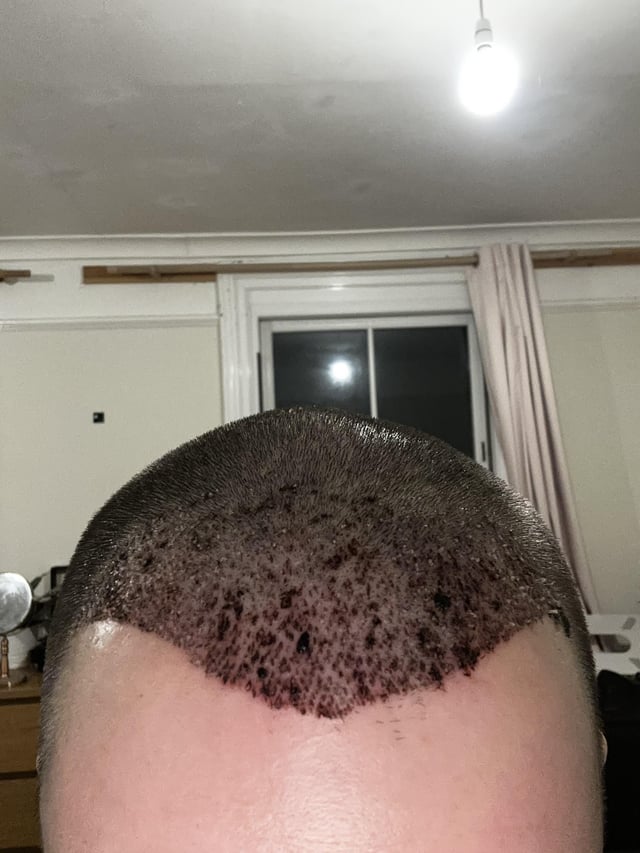If you’ve been battling with thinning hair or a receding hairline, you’re not alone. Many people face hair loss due to factors like genetics, age, stress, or health conditions. But what if there was a way to regain fuller, thicker hair? A hair transplant could be the solution you’ve been looking for. In this article, we’ll uncover the secret to fuller hair through a Hair Transplant(زراعه الشعر), exploring how the procedure works and why it might be the key to restoring your confidence and appearance.
Understanding the Causes of Hair Thinning and Loss:
Before considering a hair transplant, it’s important to understand the underlying causes of hair thinning. Genetics play a significant role in male and female pattern baldness, but other factors such as hormonal changes, stress, medications, and even poor diet can accelerate hair loss. As hair thinning progresses, many people seek ways to restore their hairline and volume. Traditional treatments like shampoos, topical creams, and oral medications can sometimes help, but a hair transplant offers a more permanent and effective solution by addressing the root cause directly.
What Is a Hair Transplant?
A hair transplant is a surgical procedure designed to restore hair in areas that are thinning or bald. It involves transferring healthy hair follicles from a donor site, typically the back or sides of the head, to the areas that need more hair. There are two main techniques used in hair transplants: Follicular Unit Transplantation (FUT) and Follicular Unit Extraction (FUE). In FUT, a strip of scalp is removed from the donor area and divided into individual grafts. In FUE, individual follicles are extracted and transplanted directly into the recipient area. Both methods are effective, and the right technique depends on your specific needs and goals.
Why a Hair Transplant is the Secret to Fuller Hair?
A hair transplant offers the most permanent and natural-looking solution for those looking to enhance their hair volume. Unlike other treatments that require ongoing maintenance, a hair transplant provides long-lasting results. Since the hair follicles used in the procedure come from areas of the scalp with strong growth, the transplanted hair will continue to grow just like your natural hair. This means that you can expect fuller, denser hair that blends seamlessly with your existing hair. For many, this provides the confidence boost they need to feel better about their appearance.
What to Expect During a Hair Transplant Procedure?
The hair transplant procedure typically starts with a consultation where your surgeon will assess your hair loss pattern and discuss your desired outcome. Once you’ve decided to move forward, the procedure begins with local anesthesia to ensure you are comfortable throughout. The surgeon will then either harvest a strip of hair (FUT) or individual hair follicles (FUE) from the donor area. These follicles will be carefully transplanted into tiny incisions made in the thinning or balding regions. The procedure can take several hours, depending on the extent of hair loss, and you will be able to return home the same day. Though recovery time is minimal, it’s essential to follow post-operative instructions for optimal results.
Aftercare and Recovery: Key to Success
After a Hair Transplant(زراعه الشعر), it’s essential to follow your surgeon’s aftercare guidelines to ensure the best results. While most patients can resume their normal activities within a few days, there are a few things to keep in mind during recovery. For example, it’s important to avoid touching or scratching the transplanted area, as this could damage the follicles. Mild swelling or discomfort is common but usually subsides within a few days. Over the next few months, the transplanted hair will go through a shedding phase before new hair starts to grow. As time goes on, your hair will gradually become thicker and fuller, providing you with the desired look.
Is a Hair Transplant Right for You?
While a hair transplant is an effective solution for many people, it’s not right for everyone. The ideal candidate for a hair transplant typically has a stable pattern of hair loss and healthy hair follicles in the donor area. During your consultation, your surgeon will evaluate your hair loss pattern, medical history, and goals to determine if a hair transplant is the best option for you. It’s also important to have realistic expectations, as the procedure may not be able to achieve a “full head” of hair if your hair loss is extensive. However, for those who are good candidates, the results can be transformative.
A hair transplant is an effective way to unlock the secret to fuller hair, providing you with a permanent solution for thinning or balding areas. By carefully choosing a qualified surgeon and following the appropriate aftercare, you can expect long-lasting, natural results that will restore your hair and confidence. If you’re ready to say goodbye to thinning hair and embrace a fuller, more youthful appearance, consider consulting with a hair transplant specialist to learn more about how this procedure can work for you.

